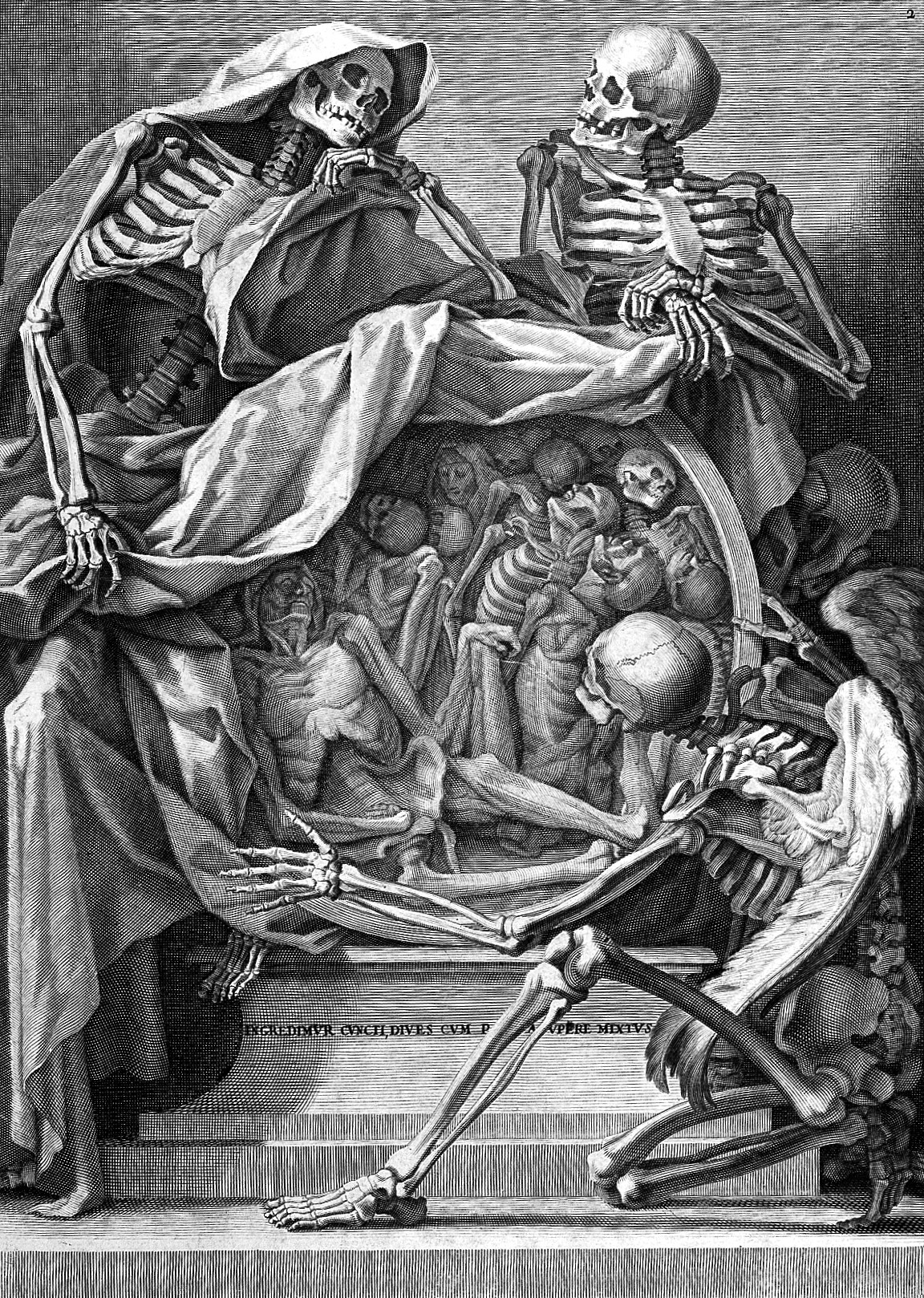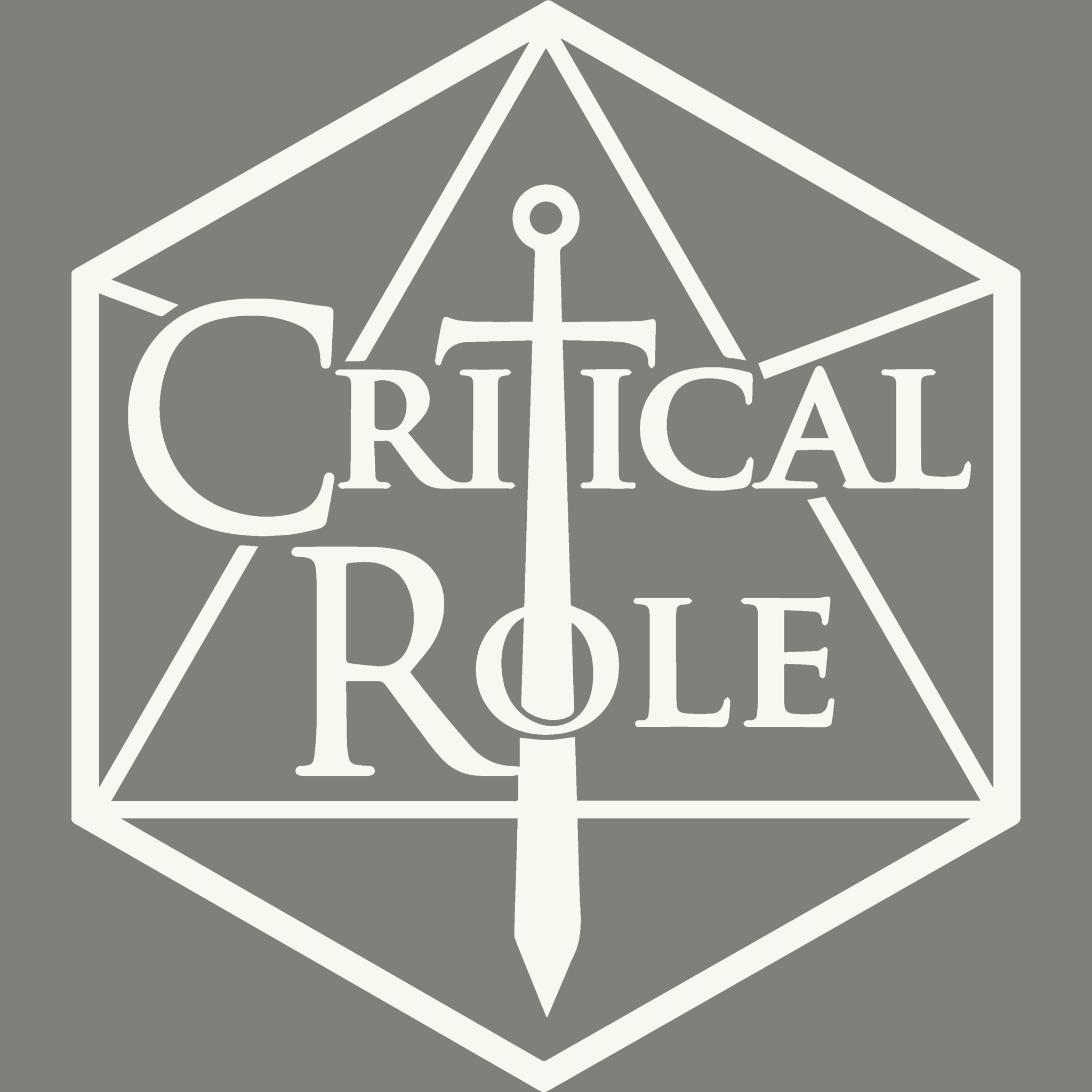Why I am I talking about death on a blog dealing mainly with games?

Well, games handle death differently. In many video games, you simply return to prior save point if you die. In Dungeons & Dragons we have spells which can bring you back from the dead. Death does not have the tight hold on a character it does on people in the real world. How easily a caster can gain access to these Resurrection spells says a lot about the setting. If it is just something you pay some gold for at the local temple, then death is less scary. If it is something that only pc’s can learn, then that puts PC’s in a unique position in your world. Suddenly, they go from just being another adventurer to being some of the most important people in the world. The notion of someone dying and being brought back to life is kind of a central tenant to at least one major real world religion.
The thing is, I am not super satisfied with the treatment of death in most fantasy games. It makes sense with how D&D evolved. Of course bringing someone back from the dead boils down just casting a spell. That is how player controlled magic works in D&D. Having your character die can suck. It is not as traumatic as having a real person die, but you can invest a lot in that character. Often you will spend many hours playing, making and thinking about your character. You get invested, so of course you want to have them brought back. It all makes sense but it also removes something. If death is a guaranteed non permanent thing, if it is a simple fix, then why should you care if someone is under threat of death?
Larps Handle Death A Little Differently….
Boffer or Action Larps often bring an even strong sense of attachment to a character. You are spending whole weekends in costumes you either bought for the character, or made for the character. You inhabit that character in a way you cant at a tabletop session. You are physically doing many of the things you might describe in a tabletop game. This means the impact of character death is even stronger here, so having an easy(ish) way to bring people back is essential, but, again, how do you put people at risk if they know they can be brought back? A few games I have played have done that differently, but they all boil down to a couple of strategies.
The Drawing
The first tactic is adding the chance you might not come back. Whether you are drawing a card, or a domino, or a specially marked stone, you take a random chance when bringing people back. The more often they get brought back, the worse their chances become. As you die, the folks running the game would record it in a book. When you died again, they would prepare the pool you are drawing for based on the number of previous deaths. You will likely have no problems coming back for your first few deaths, but as you go along the chances to comeback are reduced. You can add complications to this system. Perhaps you could make a draw result that is not just alive or dead, but different. You could be brought back with a venerability to silver or mind magics. Some spells may have a greater chance to be brought back different, much like the Reincarnate spell of older editions of D&D. Add in a few cards that could change you from a Human to an Elf, for instance.
This adds threat the longer pc’s are played. They may become more powerful, but their death draw becomes more and more likely to be their last. It also allows you to add effects that increase the stakes of an encounter. Say you are fighting bad guy who uses some dark magics. He drops your friend, and you think “well there is a still a good chance that he will come back, lets rush the guy.” Then the bad guy casts a spell that weakens peoples souls, making that draw even more likely to fail. That bad guy becomes an even more of threat. Suddenly the PC’s feel more at risk. You could also have spells that there is no coming back. Rather than just killing you, they obliterate you leaving nothing to be brought back. That sense of threat is put back into dying. Obviously, you want to advertise that and not have a surprise permanent death, but making that known makes an opponent that much more frightening. It marks the clear difference between early campaign and late campaign content, where the stakes should be higher.
The Conditions
Some Larps placed a particularly limit on bringing someone back. For instance, a couple of larps I played required that you get to the body of the person you want to bring back before the sun sets or rises. No body, no coming back. This creates a sense of pressure on the heroes. Not only do you have to get out of the dungeon with your dead friend, but you need to do it quick.
It also presents an interesting set of complications for stopping the bad guy. That ritual the bad guy is going to do to give himself nearly godlike powers? Yeah he is doing that at sunset. Jump too late, he is a god. Jump too soon and your heroes face a real chance of dying permanently.
Other games I played did not have this complication and the body of heroes dissolved and appeared in a magic circle. This presented a different complication. All their gear is wherever they died. People familiar with MMO’s will be familiar with the corpse run. That is unpleasant, but it is even more unpleasant in a circumstance where you are not a ghost, where all your nice weapons, armor, spell books and the like are in a dungeon that was bad enough it killed you once already. Many an adventure would have a point where someone would die and resurrect in the circle and hope their buddies grabbed all their gear on their way out of the evil temple.
Role Playing Death
Another big part of this process was the description. You died and it is not a binary proposition bringing you back. Narratively, there is struggle. There would often be a description of the spirit reentering the body, or the sensation of resistance on resurrection that was not going well. A pc’s ghost might meet other ghosts while dead, or Death herself. The point is it was rarely a simple spell cast and poof you were fine. That isn’t interesting. There is little chance for story in binary death interactions.
Oi, Mate….How Does This Relate To Tabletop?
That is a good question, and why are you suddenly English. This relates because you can bring a lot of this over to D&D (or Fantasy AGE or insert your game system here). MAking death a more interesting and role play heavy experience can change how session goes. A nearly Total Party Kill can have a more interesting aftermath. Here are some options.
The Magic Circles
There are Magic Circles scattered through out the world. The art for making them has been lost, but their power remains. A person of sufficient power and ability(like a hero) can attune to one. Normal attunement rules apply. If they do, they can use the circle to bring people back from the dead. To use it, they must bring at least most of the body back to circle. Once there, they must make an Arcana or Religion check to begin the resurrection. The person being brought back rolls a d20. For the first death, anything above a 1 succeeds.
However, each time they use the circle to come back (or any other method) they also add a d4 to the roll. If they roll lower on the d20 than what they roll on the d4’s the resurrection fails. If it fails three times, they can never try again. That person is beyond the veil permanently.
Example: Charley the Bard has died 3 times before. This is his 4th death and his cleric buddy is trying to bring him back in a circle. Charley roles and 11 on his d4’s, to represent the damage his soul has taken in the past. He roles the D20 and gets a 6. He fails his first attempt. He can try to role under 11 on two more tries. If he succeeds he comes back. If he fails, the party is going to need a new Bard.
Note: You could replace that with a card pull. Have 10 hearts cards. With each death add a spades card. A spade means failure. You could add other suites for more exotic results liek raise changes or developing flaws.
Make a Deal
There is a ritual, which anyone with ritual casting can cast. It costs 100 gold in certain herbs burnt over the body of a fallen person. This summons a being. The type of being summoned is decided at the casting. This can be a spirit of death, a demon, or a fae. The summoned being will bring the person back from the dead, but all magic of this sort has a cost. To bring your friend back from the dead, you must make a sacrifice something. The first time can be relatively minor, but as someone becomes more powerful, it cost more. The GM should work out the cost but a good rule of thumb is if the dead person is less than level 5, a material object of some rarity or power(example: minor magic item, the sheets from the kings bed, a work of art) is sufficient. If they are between 5th and 10th levels, it costs the equivalent of a difficult service or curse. Above that, get creative. A soul is not out of the question.
Note: This is very much on the GM to come up with something, often on the fly, and with little mechanical guidance. That said, it also adds a lot of story to the process. It is not going to be for everyone, but it can be a fun addition.
We Are The Princes of the Universe
You could also make it so the PC’s by nature of being PC’s are immortal unless killed in a particular way. This is decided at the beginning of the game and can vary per person. One Fighter can only be killed by decapitation, while the Cleric can only be killed by a blade of mistletoe wood, or the Bard can only die by being burned to death. Be creative but the way should not be overly specific. A vulnerability to only spears forged by gods from star metal on a Tuesday is not really a good choice. If they are brought unconscious, they will wake up in 30 minutes no matter how badly damaged, assuming death condition is not met. This does not increase their healing rate, so being beat down to 0 hit points still takes a bit to recover from. To make this work it needs two extra bits. First, there need to be villains also so endowed. This is a touch of divinity or destiny and the bad guys get that too. Second, there has to be a way for the bad guys to learn what the heroes can die from. Maybe it is a prophesy, or book, but there has a to be a way for the villains to learn it. Dying to random orcs becomes a lot less likely. It also hammers home that the PC’s are special, but the moment that Cleric notices a bad guy with wooden knives, he begins to sweat. When that Bard hears that you have to stop a dragon, he will have reason to feel extra concerned.
Note: This radically changes the nature of a campaign, obviously. This probably doesn’t fit into every campaign world. Also, there is a significant chance of having the odd problem prop up due to the seeming immortality of characters. A character falls into a nearly bottomless ravine with no chance of ever making it out. Do you count that as dead and make a new character? Eternal toture also becomes an issue.
There are a range of ways to make death more interesting in D&D and other games. Death is a compelling driver of stories because it is something we all deal with in the real world. It has a profound effect on those left behind. It should have weight and power in a game, as well. Hopefully these ideas will help do that at your table.



One thought on “Different Rules for Death.”
Comments are closed.